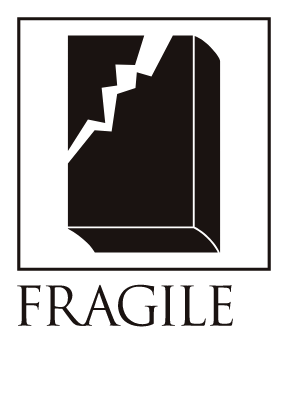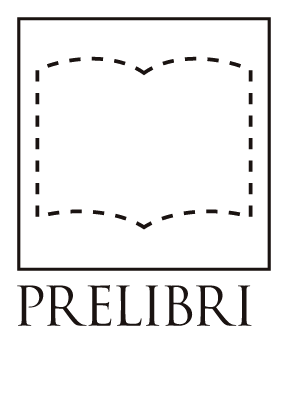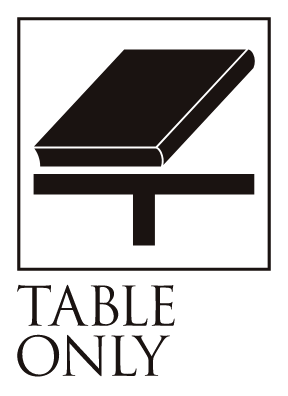Japanese Flute / Kitahara Hakuaki
Bibliographic Details
- Title
- Nihon no fue: Revised Edition / 日本の笛 [改訂]
- Author
- Hakushu Kitahara / 北原白秋
- Designer
- Koshiro Onchi / 装幀:恩地孝四郎
- Publisher
- ARS / アルス
- Year
- 1924
- Size
- h190 × w128mm
- Weight
- 360g
- Pages
- 474 pages
- Language
- Japanese / 日本語
- Binding
- Cloth-bound, Missing slipcase / 布上製 , 函欠
- Condition
- good(Missing slipcase / 函欠)
Poetry by Hakushu Kitahara
With cover design by Koshiro Onchi
Beautiful lucky ears.
The problematic misprint was found on pages 113 to 120. There are four folded folds around "Tsubakibiyori," "Nyogogashima," "Date no Okoshi," and "Akai Tsubaki," which are poems about Hachijojima and Izu Oshima. The pages are so large and beautiful that it's hard to believe they are from 100 years ago.
The book is a collection of lyrics of folk songs by Kitahara Hakushu. The book begins with "A Personal Theory of Folk Songs," which begins with the words, "Folk songs must be sung in the words of the people." The year before writing this book, Hakushu published "A Personal Theory of Children's Songs," in which he stated, "Japanese children's songs are Japanese children's songs, and Japanese children are Japanese children." In this book, he lamented the elementary school songs that had forgotten the Japanese climate and the spirit of childhood, and feared that tanuki songs would disappear due to modernization.
To summarise the preface, it says:
Horseman's songs, boat songs, rice planting songs, Bon Odori songs. Even if someone created the song, once it falls into the hands of the people, it becomes the people's. It becomes something local. There is no need for the words of a noble poet. If you call it vulgar, so be it. If you want to call me a great vulgar poet, I will accept it. Horseman's and fisherman's words, and I sing in those words, so that burns from within my body. Folk songs are the cry of the spirit. There are more and more poets who don't understand such things and only follow formalities. It's really a problem. The monologue, which sounds like Hakushu's voice, continues in roughly this manner. It's an unnecessary addition, but it was in 1926 that Yanagi Muneyoshi, four years younger than Hakushu, conceived of "Mingei" and drafted the "Statement of Intent for Establishing the Japan Folk Crafts Museum." It was in the mid-1920s that the two men focused their attention on "art among the people."
For example, the following folk song by Hakushu is included.
Distant Cape
1
On a distant cape
When the lights come on,
For some reason, my eyes were
Flickering.
2
That cape there,
How far away is it?
Very flickering,
eveningLight (yohiakari).
3
On a distant cape
When the lights come on,
The sea is tingly,
Evening fireworks.
In the preface mentioned above, Hakushu also writes about his own experiences. Although it is a bit long, I would like to quote it here.
When I lived in a small village in Katsushika, every night some young men would sneak in through the wooden gate of the garden, wearing hoods. They would ask, "Have you got a song?" They were hungry for folk songs. So I would say, "Yes, I have," and write one or two for them. They would happily sing along and go out. Then, on moonlit nights, or starry nights with fireflies flying, they would walk along the riverside or country roads, freely changing the tunes to the oiwake, bon odori, and dodoitsu songs that they were used to singing. At that time, my kouta songs themselves had already become their own. After all, I sang what they wanted to sing but couldn't, just as they wanted, and they were thoroughly pleased. This is where the need for folk song poets arises.
This book contains Japanese songs sung by Hakushu Kitahara in the local dialects of each region. The binding for the first edition was done by Hakushu himself, but for the revised edition he asked Koshiro Onchi to help out.Onji has used red foil to decorate the yellow cloth cover with a botanical motif, and each chapter title has a small woodblock print. The typesetting is also typical of Onji Koshiro. The size is small enough to be carried around as a pocket book.
Incidentally, the publisher, Ars-sha, was founded by Kitahara Hakushu's younger brother, Tetsuo. Two years after publishing "Japanese Flute (revised edition)," Hakushu and Onchi Koshiro teamed up to begin publishing the 76-volume "Japanese Children's Library." The illustrations were by Takei Takeo, Takehisa Yumeji, Hatsuyama Ji, and Okamoto Kiichi. Alongside Kitahara Hakushu, the editorial team also included Ogawa Miyō, Tsubouchi Shōyō, Suzuki Miekichi, and Shimazaki Tōson. The binding, once again by Onchi Koshiro, is simply outstanding.
Japanese Flute Table of Contents:
My thoughts on folk songs
Sunset on the Cape
Bird's Light
Morning Rainbow
Papaya flower
Coconut Hinaga
Parting Frost
Grass quince
Shuran Port
Purple eyelashes
Mulberry leaves
Hakushu Kitahara (1885-1942)
A Japanese poet, tanka writer, and lyricist born in Yanagawa, Fukuoka Prefecture, he is one of the most representative figures in 20th century Japanese literature. Born into an old family that ran a seafood wholesaler that was a supplier to the Yanagawa Domain, he entered Waseda University in 1904. He devoted himself to writing poetry alongside his studies, and published his first collection of poems, Jashumon, in 1909. He then published a collection of poems, Omoide, in 1911, and established himself as a leading figure in the world of poetry in both name and reality. He continued to publish collections of poems such as Tokyo Keibutsu Shi and Paulownia Blossoms, and was active in the fields of poetry and song. He released many works, including the children's song collections Tonbo no Metama and Akai Tori, and in particular his masterpieces such as Rainfall, Waiting for a Lifetime, and Karatachi no Hana, which are still loved and handed down to many people today.
Koshiro Onchi (1891-1955)
A pioneer of abstract expressionism in Japan, he was an artist who contributed to the modernization of woodblock printmaking. He was active in a wide range of fields, including poetry, printmaking, oil painting, watercolors, photography, and book design, and was especially highly praised as a book designer. At the age of 18, he was influenced by Yumeji Takehisa, and in 1914, together with Kyokichi Tanaka and Shizuo Fujimori, he founded the poetry and printmaking coterie magazine Tsukikage. He was an active member of the Japan Creative Print Association, and also devoted himself to mentoring the next generation of artists. After the war, he devoted himself to abstract art, and many of his works were sent overseas and received acclaim. He also designed the covers of many books, including poetry collections by Sakutaro Hagiwara and Saisei Muro, and said, "A book is the flag of civilization, and that flag must naturally be beautiful. An unbeautiful flag renders the flag meaningless or weak. An unbeautiful book reduces its utility. In other words, if it is a book, it has no meaning unless it is beautiful." He was passionate about creating beautiful books.












































